Planting and caring for hazel grouse
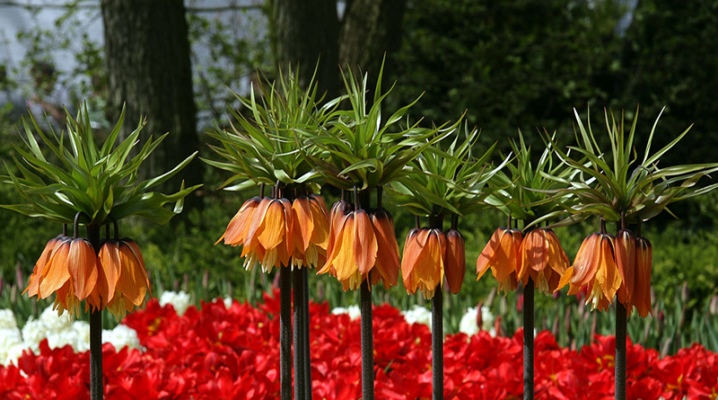
Many summer residents on their plots, when decorating landscape design, choose such an unusual and beautiful flower as hazel grouse (fritillaria). This ornamental plant is presented in many varieties, has an original look and does not require special care. The only thing to grow this flower at home is to know certain planting and care rules.
Landing features
To plant a hazel grouse in the open field, you do not need to have special experience of a gardener, anyone can handle this. To do this, it is enough to know the varietal characteristics of the plant and provide it with the most favorable conditions for growth and flowering. It is also important to consider the planting method, since this flower can be planted from both seeds and bulbs at home. In addition, it should be noted that planting a plant in open ground largely depends on the climatic zone of a particular region of the country. The cultivation of this plant in the Moscow region differs in many respects from the conditions of planting and care in the south of the country.
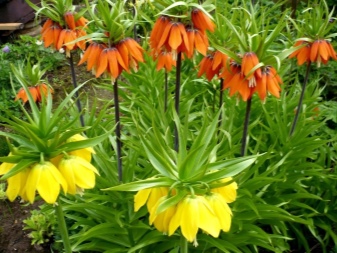
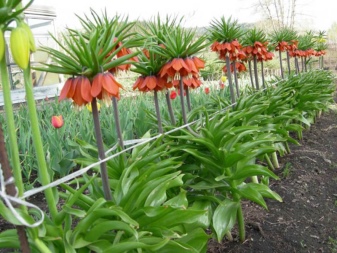
Timing
Before starting planting work, you should first decide on its timing. Usually, this ornamental plant is planted in spring or autumn (it is possible in August), while the first option is not particularly recommended for many reasons. For example, to set flower buds on a bulb, prolonged rest at a low temperature is required. The flower needs time to take root and take root before the onset of the first frost, which will help it successfully endure the winter. Choosing a spring planting, there is a risk that fritillaria will not be able to prepare for the winter and will die from a lack of nutrients in the soil. If you plant this plant in open ground in the fall, then the chances of its survival in winter increase.
The climatic zone of the region, where the site is located, also plays a huge role; all dates of sowing or planting of hazel grouse depend on it. So, in the Moscow region (central Russia) and in the Leningrad region, it is best to land from the beginning of August to the end of September, provided the weather permits. October is also considered a good time for planting bulbs, since the night temperature at this time is approximately + 5 ° C. As for planting in Siberia and the Urals, it is advisable to carry out it from mid-August, when roots have already appeared on the bulb (they will not be afraid of a sharp drop in temperature).
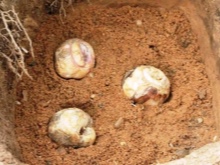

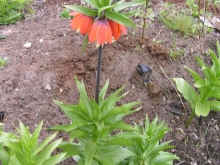
The period for planting hazel grouse also depends on weather conditions, so in many cases it is limited. This is because the bulbs require at least 3-4 weeks of warm time to root. Experienced gardeners recommend focusing on the temperature regime of the air, taking into account the forecasts for the appearance of the first frosts dangerous for the plant. If you slow down with planting, then this can threaten the further death of the flower, it will not have time to fully take root. When there is a stable decrease in temperature from +4 to + 6 ° C, planting activities should be started urgently.
For each region, the recommended planting dates are as follows:
- south and east of the Leningrad region, the middle zone of Russia - from August 25–28 to September 15;
- Siberia, Ural - from 5 to 20-25 August;
- Kuban and the Lower Volga region (southern regions of Russia) - from 5 to 20-30 September.
Important! If the autumn is too warm, then you can postpone the landing.
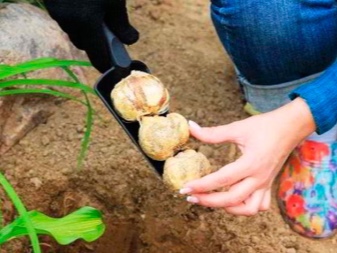

Priming
Fritillaria will bloom successfully in the spring if it is planted exactly according to all the rules. First of all, you need to pay attention to the selection of a place in the garden, which must have a type of soil suitable for the flower. It is best to give preference to places well-lit by the sun, but at the same time the hazel grouse grows well in partial shade. It is desirable that the site be protected from stagnant water and gusts of wind, small elevations are great.
An ornamental plant loves loose, fertile and breathable soil. In garden areas with poor soil, fertilization work should be performed. No matter how nutritious the soil was, the flower must be transplanted to another place every 2-3 years, adding a little peat and sand to the planting hole. This will help to save the decorative qualities of the plant.
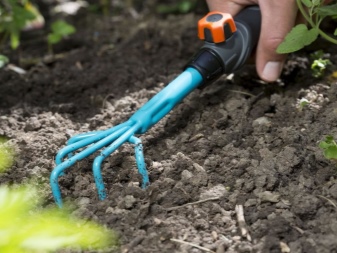
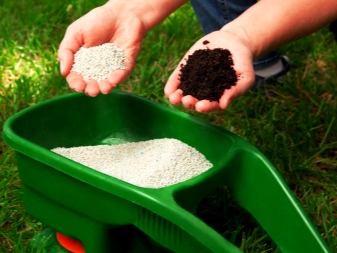
Instructions
As soon as everything is decided with the site for planting fritillaria, it remains only to select the bulbs correctly and place them in the pits. When buying planting material, it is imperative to inspect its appearance, paying attention to the following criteria:
- the bulb should look like a flattened ball with a small hole, which remains from last year's peduncle; in the fall, buds will appear in this hole, they will bloom for the next season and new flower stalks will grow from them;
- if the bulb has dry roots and scales, then this is not a defect; if there is mold or signs of decay, then it is better to refuse such a bulb; bulbs with cracks, ulcers are not allowed to disembark.
It is important to take into account its size when choosing a planting material. Flowering will largely depend on this indicator. For planting, it is recommended to use bulbs with a diameter of 6 to 10 cm, they will ensure good flowering of hazel grouse for the next season. If you buy bulbs with a smaller diameter, then the flowering will be poor, as they will have to ripen. As a rule, the weight of the bulb should be at least 900 g.
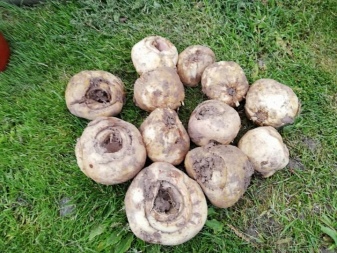
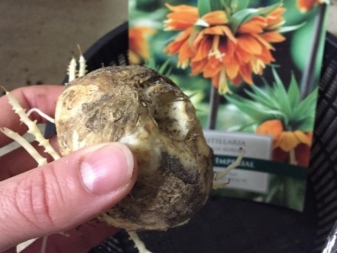
After that, the planting material must be prepared for planting, namely disinfected. This procedure is carried out by bathing the bulbs in a previously prepared solution of potassium permanganate for 20 minutes. Before that, they need to be carefully examined in a few days and cleaned of soil residues. If there are ulcers, it is recommended to sprinkle the damaged areas with carbon powder or treat with green paint. And also the roots should be shortened, their length should not exceed 5 cm.
Next, you need to dig a hole, its depth should be such that the tubers can be conveniently placed. The optimal depth is considered to be 30–35 cm. The bottom of the planting hole is covered with a layer of river sand, it will act as drainage. Besides, when planting, it is important to consider that the bulbs should be buried three or four times. When planting several plants, it is recommended to maintain a distance of at least 30–40 cm, sprinkle with soil and a small layer of sand.
If desired, the bulb can be lightly powdered with mustard powder, which will further help protect it from underground pests. And also the planting hole must be covered with compost and watered abundantly.
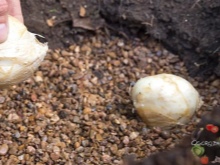
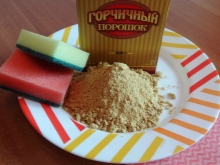
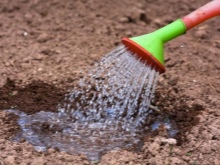
Watering rules
Caring for hazel grouse is simple, so even a novice gardener can handle it. The most important condition for growing this plant is the constant control of the soil moisture level. In dry summer, you should try to water the flower as often as possible, while you should not forget about the timely loosening of the soil. Complete drying out of the area where the flower is grown is not allowed. At the end of the growing season, the plant can be watered several times a month, as the bulbs must ripen and be stored in dry soil.
Top dressing
Fritillaria will bloom violently in the spring and will delight with its beautiful appearance only if it is properly looked after and provided with timely feeding. Fertilizers are usually applied twice a year.The first (most important) feeding, as a rule, is carried out during the formation of buds (before flowering). For this usually organic plants intended for this type of plant are used, you can also simply cover the planting area with compost. It is also good to use complex fertilizers that are suitable for bulbous flowers.
Important! In no case should fresh manure be used as fertilizer, since it can burn the roots of the hazel grouse - and it will die.


To grow a healthy plant, it is necessary to perform the second feed, for which the period after flowering is selected. This will give the flower better bulb formation. For the second feeding, fertilizers containing potassium and phosphorus are usually used. The only thing is that before its implementation, it is recommended to remove all peduncles, preventing the formation of a new ovary, otherwise the hazel grouse will use all its strength and supply for laying seeds and its bulbs will not be able to receive the required amount of food.
After the second fertilization, you need to worry about preparing the flower for wintering, for which it is covered.

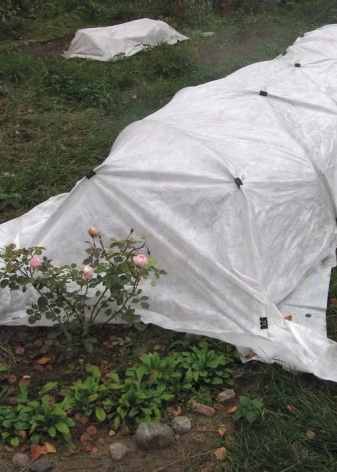
When to dig up and how to store?
No less important in caring for fritillaria is the timely digging of its bulbs. It is necessary every year, immediately after the flowering period, to perform some actions: to clean the dry foliage and dig up its bulbs. If this is not done, then new color buds will not be able to form in fritillaria. Therefore, at the end of the growth cycle, the bulbs are sent for winter storage in a dry and warm room (an attic is ideal for this).
As soon as the bulbs are dug up, they are cleaned of the soil, washed in water and dried. They cannot be dried in the sun. The planting material prepared in this way for the next year is placed in boxes.
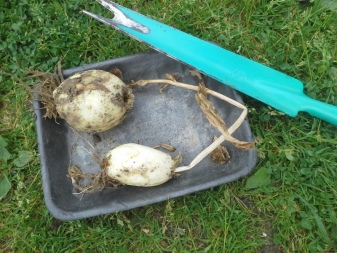
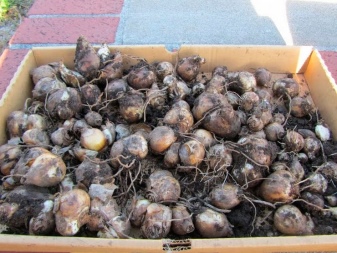
Possible growing problems
Despite the fact that hazel grouse is easy to plant and care for, some problems can be encountered during its cultivation. For example, it sometimes happens that a plant is planted on time, received timely feeding, but does not bloom. This may be due to the following factors:
- climatic conditions - if the summer was cool and too rainy, then the bulbs dug out of the ground must be preheated;
- small planting material - bulbs will not give a good color if their size is less than the standard;
- finding a flower in one place for a long time - every 3-4 years the hazel grouse needs to be transplanted, if this is not done, then the bulbs will begin to divide, as a result, a small material will turn out that is not ready for flowering;
- deep or too shallow landing - in the first case, the bulb will spend a lot of effort to overcome the extra centimeters and will not be able to give a good color, and in the second, it will simply freeze;
- wrong type of soil - a plant planted in areas with hard and heavy soil will begin to rot quickly, so you should not expect flowering from it;
- unfulfilled preparation for wintering - if the flower is not insulated, and the winter is not snowy, then the bulbs will freeze; mulching with spruce branches or dry foliage will help to avoid this;
- untimely removal of the ovary - in this case, the flower will spend all the accumulated nutrition on the formation of seeds, while the growth of the bulbs will stop.
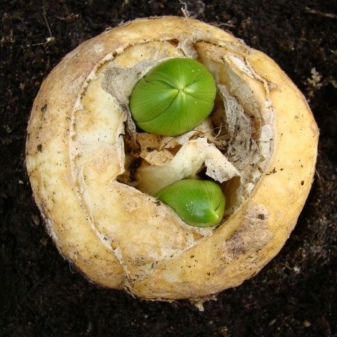
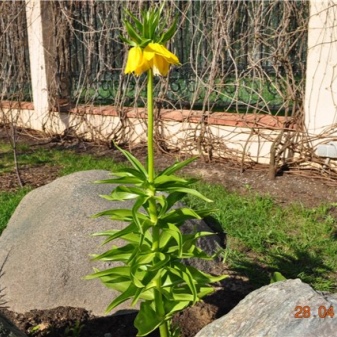
In addition to all of the above, one more trouble can happen to the hazel grouse - its foliage sometimes turns yellow... With the manifestation of this, you do not need to be upset, since this is an absolutely natural process. Foliage yellowing is usually observed after flowering, when the plant goes into a dormant state. This serves as the first signal that you need to dig up its bulbs and prepare well for storage for the next year. If, simultaneously with the yellowing of the foliage, the appearance of holes on them is also observed, then this indicates that a linear beetle and its larvae have settled on the hazel grouse.
To save a flower, special preparations should be performed before the buds bloom. The Commander, Confidor or Tanrek will work well.

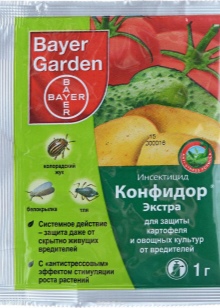

See below for proper planting and caring for hazel grouse.


































































































The comment was sent successfully.